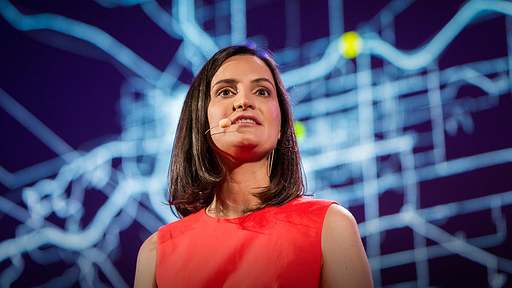What I learned...
The use of birds as messengers has been established thousands of years ago. The ancient city of Rome used homing pigeons to let people know the winner of the Ancient Olympics. They would paint the bird the color of the team that the winner belonged to. These birds were critical in wars like the Franco-Prussian War of 1870. Civil War. and even World War I. The idea of carrier pigeons came from pigeons' innate instinct to return home, no matter the conditions or distance traveled. They possess "compass sense" and "map sense." These senses made them the perfect messengers. Egypt also used carrier pigeons carriers in 3000 BC. Historically these birds only flew one way. But. people began to put their food at one location and their homes at another. Historically. the first noted example of this is when Noah sent a dove to go check and see if it was dry enough to emerge from the ark. And the dove brought back a branch as a sign of life after the Flood. In WWI. the presiding officers sent carrier pigeons between Bluefields to check on each battle's status and send messages based on the present circumstances of the battle.
The Overton window of political possibility is the range of ideas the public is willing to consider and accept Model for understanding how ideas in society change over time and influence politics Created by Joseph Overton in the mid-1990s who was senior V.P. of Mackinac Center for Public Policy Politicians are limited in what policy ideas they can support generally, only pursue policies that are widely accepted throughout society as legitimate policy options (policies that lie inside the Overton Window) politicians risk losing popular support if they champion other ideas that lie outside the Overton Window Politicians can move the Overton Window by endorsing a policy lying outside the window, but this is rare More often, the window moves based on the slow evolution of societal values and norms If politicians must locate the window, think tanks and social movements must shift it; must convince voters that policies outside the window should be in it In the United States, the idea of: Different races mixing in public, Gay marriage, and women's suffrage were once considered extreme policies. The fact that they're now deemed common sense, reflects progress in shifting the Overton window.











